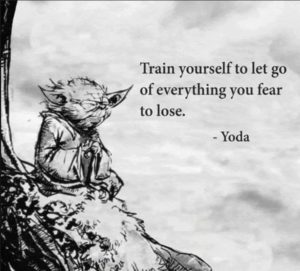Desire and definition of happiness, joy, and quality of life have accompanied mankind for centuries. In the 21st century, we often ask ourselves the questions: Am I happy? What is happiness for me? We are wondering how to improve the quality of our lives, live better, more joyful, more satisfying.
Talking about improving well-being is popular. We understand more clearly that welfare does not depend on material goods that we can easily surround. Zygmunt Bauman, a philosopher, creator of the concept of post-modernity, makes it clear to us: “Almost half of the goods necessary for man to achieve happiness do not have a market price and can not be bought in the store. Regardless of the wealth of our portfolio and the number of credit cards owned in shopping malls, we will not find love or friendship, the joy of having a home, the satisfaction of caring for loved ones or helping neighbors who are in need.”
Life is full of joyful moments. These can be simple things: a sunny morning, golden leaves on the trees; a soft cat fur; a neighbor’s smile; a sip of strong, fragrant coffee. These can also be unusual moments such as plane flight and watching the Earth from above, talking to someone close to you thousands of kilometers away, or exploring the beautiful corners of distant countries and even distant galaxies without leaving your home. Good times happen every day. But do we notice them? Do we appreciate them? Are we able to enjoy them?
Important questions are bothering, worrying, waiting for satisfaction. Mindfulness as a method of conscious life can bring many answers, satisfying even for very demanding people, and perhaps especially for them. In order to appreciate and properly understand what it means to include mindfulness in our lives, let’s think about what causes us to feel no joy and we consider our own life unsatisfactory or even unhappy. In systematisation of this understanding we can look at four truths which illustrate the seriousness of the situation:
1. First truth: when we ask questions about the quality of life, we realize how much we feel the lack of satisfaction, lack of joy, lack of happiness;
2. Second truth: there are important reasons for all misfortunes, great suffering and lack of joy;
3. Third truth: there are people who consider themselves happy, joyful, content. So it’s possible!;
4. Fourth truth: there is a way that leads to joy and happiness.
The benefits of mindfulness include:
– Less rumination – limiting the automatic thoughts. Less depressive symptoms;
– Reducing stress – relieving anxiety, tension, somatic pain;
– Better regulation of emotions – more effective coping with difficult emotions, e.g. sadness, anger, depression;
– Lowering emotional reactivity – not succumbing to sudden changes in mood;
– Increase in the quality of relationships – better coping in conflict situations, greater ability to express emotions, better understanding of the emotions of others;
– Improved work of the mind – a more lasting memory, stronger concentration, more effective focusing, non-dispersal;
– Greater cognitive abilities, deeper self-awareness – awareness of habitual, automatic styles of thinking and behaviors, learning a new way of reacting.
Start from now, as really, your now is the only moment which matters.






